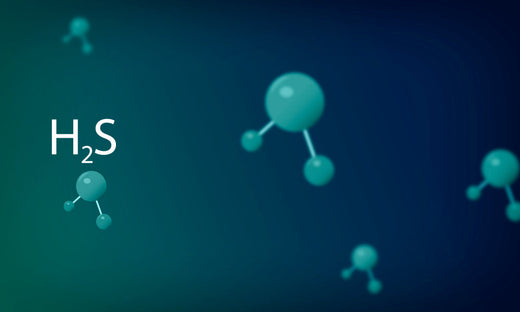News
Hydrogen Sulfide: From Bad to Good

Humans and other animals breathe in oxygen to create the energy needed to survive. This oxygen is transported through the cells in the body creating energy. One of the byproducts is waste in the form of carbon dioxide.
A specific assortment of bacteria live in landfills and thrive in anaerobic conditions. Instead of taking in oxygen to create energy, these different bacteria use sulfate and are known collectively as ‘sulfate reducing bacteria’. The resulting waste byproduct of these bacterias’ respiration is hydrogen sulfide (H2S) gas.
In addition to sulfur-containing chemicals, prominent sources of sulfate in landfills include gypsum drywall, ash from coal burning, and plant fertilizers.
Although hydrogen sulfide gas is harmful to humans at concentrations as low as 20ppm we can detect its rotten egg odor at concentrations as low as 0.008ppm to 0.1ppm.
Many scientists and researchers believe hydrogen extracted from H2S can be used in fuel cells to generate electricity. Research and development is ongoing in helping create cost effective techniques and technologies to take advantage of this new energy source.
Alternatively, many people swear by hydrogen sulfide baths as a therapeutic treatment for painful, inflammatory conditions by soaking in mineral waters containing very low concentrations of hydrogen sulfide.
Despite the hazards of H2S, with proper management, this "waste" byproduct can become a useful tool for humankind.
Contact us to learn more about H2S and industry-leading analysis methods.


